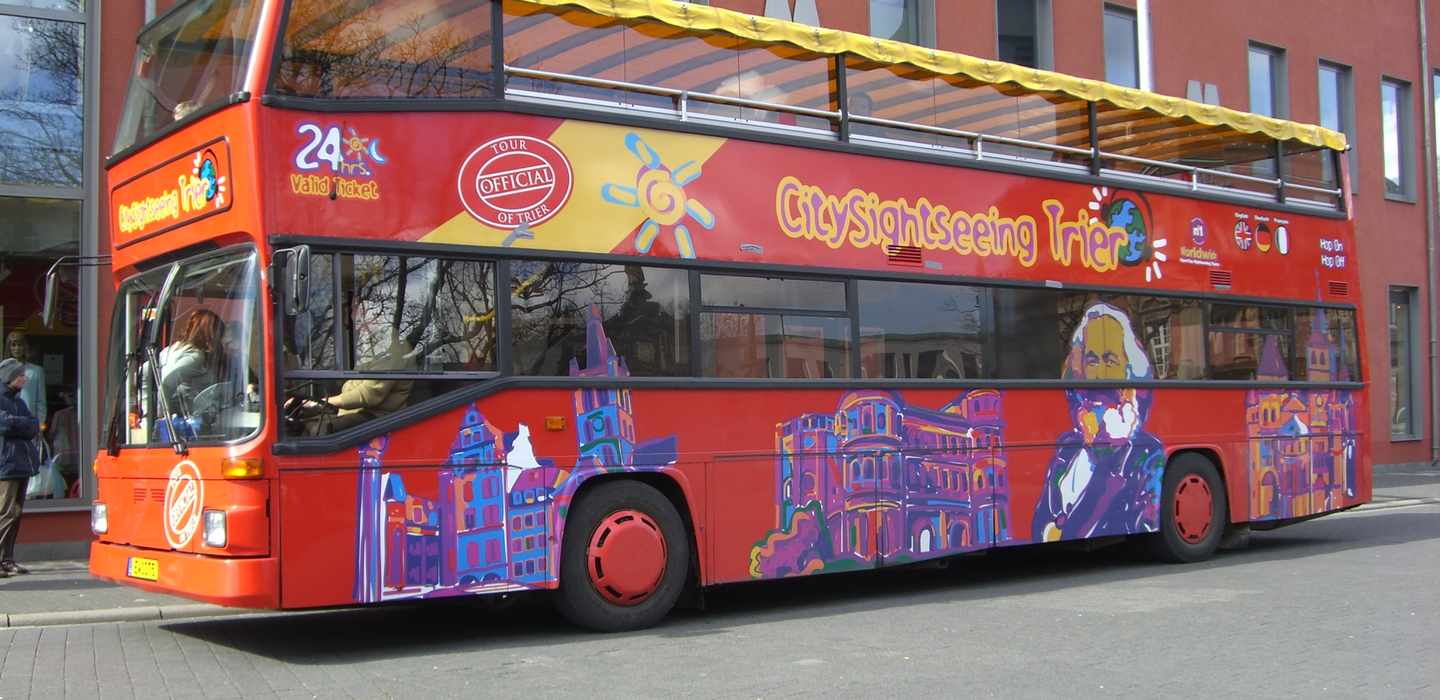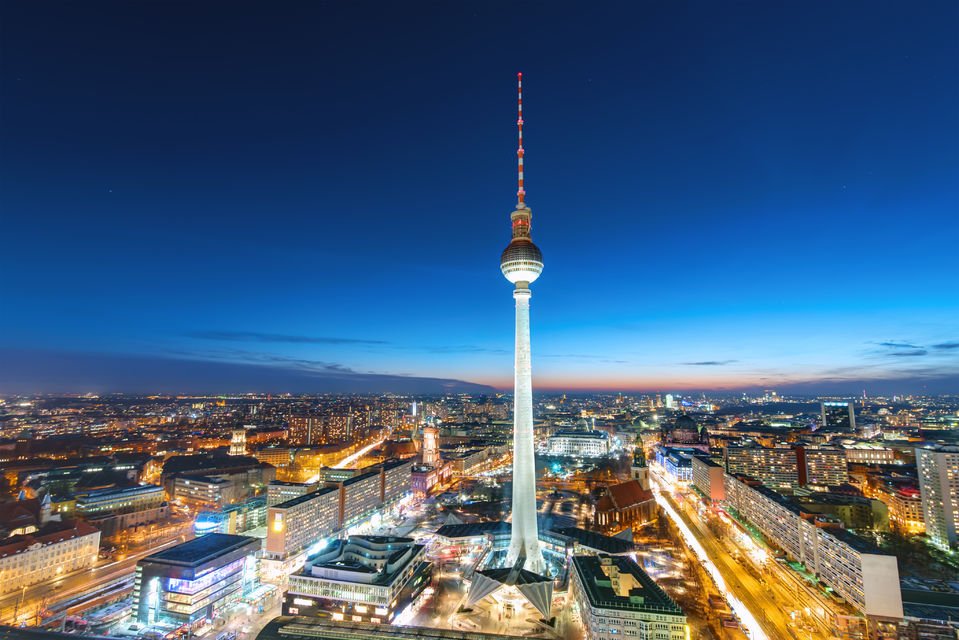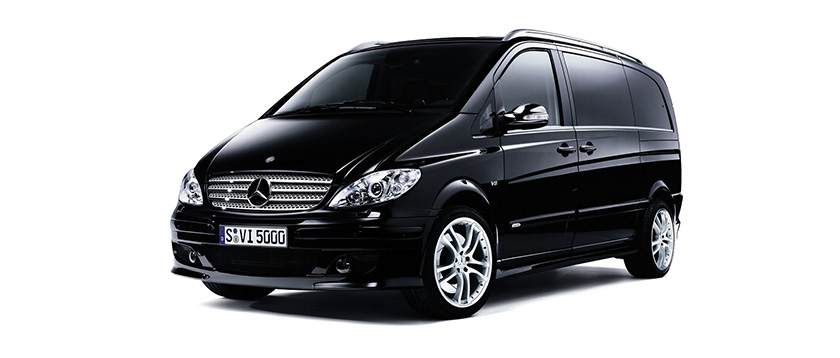Central European Grand Tour: A Comprehensive Travel Guide
This guide details an extensive journey through the heart of Europe, connecting the major cultural and historical hubs of Germany, Austria, Hungary, Slovakia, the Czech Republic, Switzerland, and Liechtenstein. The itinerary is a loop, ideal for a multi-week trip by rail or car, offering a deep dive into diverse landscapes, languages, and traditions.
Itinerary Overview
The route begins and ends in Frankfurt, Germany, and encompasses a rich tapestry of experiences: from the high-fashion outlets of Metzingen and the royal palaces of Munich to the musical legacies of Salzburg and Vienna, the romantic Danube in Budapest, the compact capital of Bratislava, the fairy-tale spires of Prague, the medieval charm of Nuremberg, the financial prowess of Zurich, the serene beauty of Swiss towns and lakes, and the political heart of Bern. This is a journey designed for travelers seeking a comprehensive Central European experience.
Germany: The Starting Point
Frankfurt am Main
Often the gateway to Germany due to its major international airport, Frankfurt is a city of contrasts, where modern skyscrapers stand alongside reconstructed historical buildings.
Attractions: The Römerberg is the city's historic heart, featuring picturesque half-timbered houses. The Museumsufer (Museum Embankment) offers a concentration of world-class museums. For panoramic views, visit the main observation deck of the Main Tower.
Food & Drink: Sample traditional Apfelwein (apple wine) in the Sachsenhausen district. Try Grüne Soße (Green Sauce), a herb-based condiment served with boiled eggs and potatoes, or a classic Frankfurter Würstchen.
Transportation: Frankfurt Airport (FRA) is a major hub. The city has an excellent public transport system (U-Bahn, S-Bahn, trams). It's also a central node for Germany's high-speed ICE train network.
Accommodation: Options range from luxury hotels in the banking district to more affordable hostels and mid-range hotels near the Hauptbahnhof (main train station).
Metzingen
A short train ride south of Stuttgart, Metzingen is a pilgrimage site for fashion enthusiasts, home to the headquarters and massive outlet stores of Hugo Boss and many other designer brands.
Attractions: The Outletcity Metzingen is the primary draw, offering significant discounts on high-end fashion, sportswear, and home goods year-round.
Transportation: Easily accessible by train from Stuttgart (approx. 30 minutes) or directly from other major cities. It's a popular day-trip destination.
Munich (München)
The capital of Bavaria, Munich seamlessly blends traditional German culture with modern innovation.
Attractions: The Marienplatz square, with its Glockenspiel show, is the city center. The Nymphenburg Palace and its gardens are stunning. The Deutsches Museum is one of the world's largest science and technology museums. For a taste of Bavarian tradition, visit the Hofbräuhaus beer hall.
Food & Drink: Indulge in Weißwurst (white sausage) with sweet mustard and a pretzel, Schweinshaxe (roasted pork knuckle), and a stein of beer from one of the city's many breweries.
Transportation: Munich's efficient U-Bahn and S-Bahn systems connect the city. The Hauptbahnhof is a major rail hub for travel to Salzburg and other destinations.
Cultural Insight: Experience the famous Oktoberfest, but if visiting outside the festival, the beer gardens like the Chinese Tower in the Englischer Garten offer a similar communal atmosphere.
Austria: Music and Imperial Splendor
Salzburg
A Baroque jewel nestled at the foot of the Alps, Salzburg is forever associated with Wolfgang Amadeus Mozart and the von Trapp family from "The Sound of Music."
Attractions: The towering Hohensalzburg Fortress dominates the skyline. Explore Mozart's Birthplace and Residence. The Mirabell Palace and Gardens are a UNESCO World Heritage site and a famous film location.
Food & Drink: Sample Mozartkugeln (Mozart balls), a famous chocolate confection. Enjoy Austrian classics like Wiener Schnitzel and Salzburger Nockerl, a sweet soufflé.
Transportation: A direct train from Munich takes about 1.5-2 hours. Salzburg is very walkable, but buses are available for longer distances.
Accommodation: Stay in the charming Old Town (Altstadt) for a historic atmosphere or find more modern options across the river.
Vienna (Wien)
The elegant capital of Austria, Vienna is a city of music, art, and coffeehouse culture, reflecting its imperial past as the seat of the Habsburg monarchy.
Attractions: The opulent Schönbrunn Palace is a must-see. The Belvedere Palace houses Gustav Klimt's "The Kiss." The city center features St. Stephen's Cathedral and the State Opera House. Art lovers should not miss the Kunsthistorisches Museum.
Food & Drink: Spend an afternoon in a traditional Viennese coffeehouse, ordering a Melange coffee and a slice of Sachertorte. Visit a Heuriger (wine tavern) in the Grinzing or Neustift am Walde districts for local wine and cold cuts.
Transportation: Vienna has an extensive U-Bahn network. It's a major rail hub with direct connections to Budapest and Bratislava.
Cultural Insight: Attending a classical concert or opera is a quintessential Viennese experience. Even a standing-room ticket at the Staatsoper can be affordable.
Hungary & Slovakia: The Danube Duo
Budapest
The "Pearl of the Danube," Hungary's capital is actually two cities in one: hilly Buda and flat Pest, connected by a series of elegant bridges.
Attractions: In Buda, explore the Buda Castle complex and admire the views from Fisherman's Bastion. In Pest, visit the magnificent Parliament Building, and relax in the iconic Széchenyi Thermal Baths. A Danube River cruise at night is highly recommended.
Food & Drink: Feast on Hungarian Goulash. Try Lángos, a deep-fried dough topped with sour cream and cheese. Sample local wines like Tokaji (sweet) or Egri Bikavér (Bull's Blood).
Transportation: The city has a user-friendly metro, tram, and bus system. The train from Vienna takes about 2.5 hours.
Accommodation:The Jewish Quarter (District VII) is popular for its ruin bars and nightlife, while Gellért Hill offers luxury hotels with stunning views.
Bratislava
The compact and charming capital of Slovakia, located on the Danube just an hour from Vienna.
Attractions:The white-walled Bratislava Castle offers panoramic views of the city and river. Wander through the pedestrian-only Old Town (Staré Mesto), spotting quirky statues like Čumil (the "Man at Work"). The blue church (Church of St. Elizabeth) is a unique Art Nouveau gem.
Food & Drink:Try Slovak specialties such as Bryndzové Halušky (potato dumplings with sheep cheese). Drink Kofola, a local cola-like soft drink.
Transportation:A short train or boat ride from Vienna or Budapest. The city center is easily explored on foot.
Cultural Insight:The city provides a more intimate and less tourist-heavy experience compared to its larger neighbors, offering a glimpse into post-communist transformation.
The Czech Republic: Bohemian Rhapsody
Prague (Praha)
The "City of a Hundred Spires," Prague is a breathtakingly beautiful city that escaped major damage during WWII, leaving its historic core intact.
Attractions:The iconicCharles Bridge, especially at sunrise, is a highlight. The massivePrague Castlecomplex towers over the city. TheOld Town Square, with its Astronomical Clock, is the vibrant heart of the city. Explore the uniqueJewish Quarter (Josefov).
Food & Drink:Savor traditional dishes likeSvičková(marinated beef with cream sauce) orVepřo-knedlo-zelo(roast pork with dumplings and cabbage). Wash it down with world-famous Czech Pilsner beer.
Transportation:The city has an excellent metro and tram system. Prague is well-connected by train to cities like Vienna, Budapest, and Nuremberg.
Cultrual Insight:The Czech love of beer is central to social life. Visiting a traditional pub (hospoda) is as much about the atmosphere as it is about the drink.
Nuremberg (Nürnberg)
Returning to Germany, Nuremberg is a city steeped in history, from the Holy Roman Empire to the Nazi Party rallies and the subsequent war crimes trials.
< strong >Attractions:< /strong>The< strong >Imperial Castle (Kaiserburg)offers superb views.< strong >Nuremberg's Old Town< / strong >is encircled by massive walls.The documentation center at the Nazi Party Rally Grounds provides a sobering look at this dark chapter.The< strong >Germanisches Nationalmuseum< / strong >is Germany's largest museum of cultural history.< / li >
< li >< strong >Food & Drink:< / strong >Nuremberg is famous for its small, spicy< em >Nürnberger Rostbratwurst< / em > , typically served three or six in a roll with sauerkraut.Try< em >Lebkuchen< / em > , a delicious gingerbread biscuit , especially during the Christkindlesmarkt , one of the world's most famous Christmas markets.< / li >



